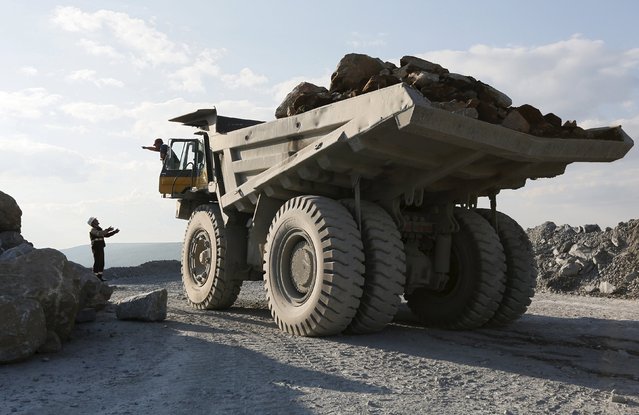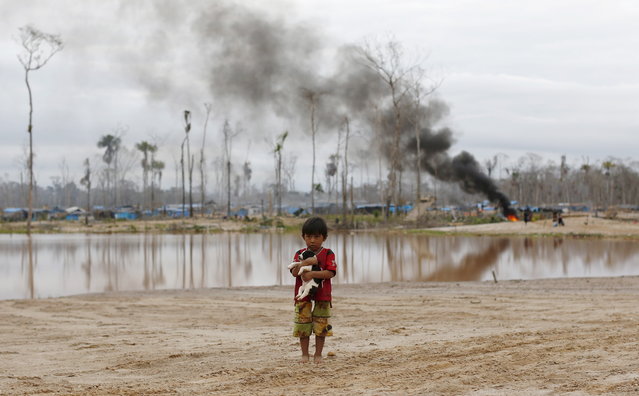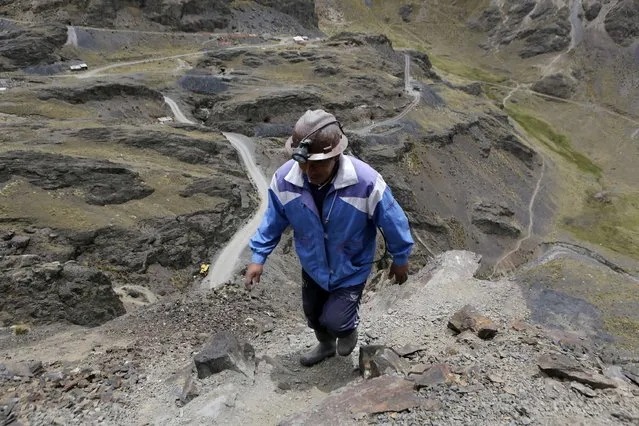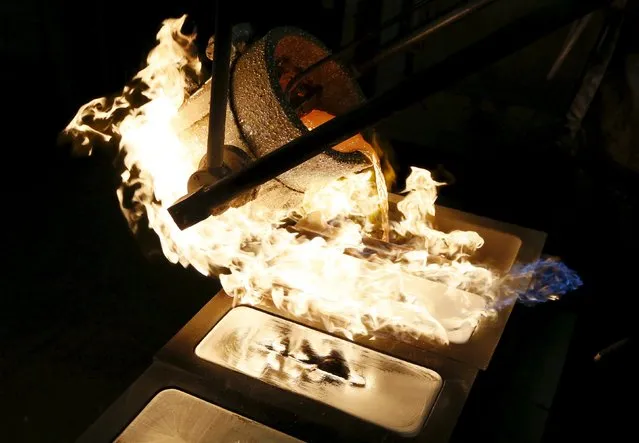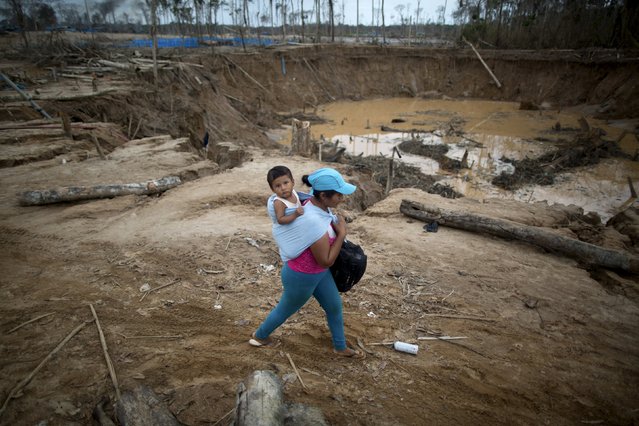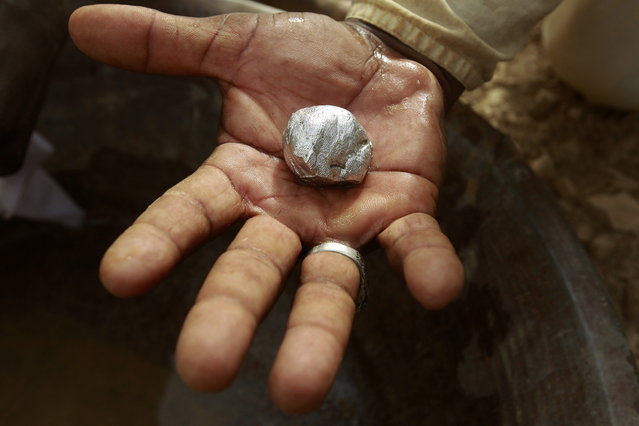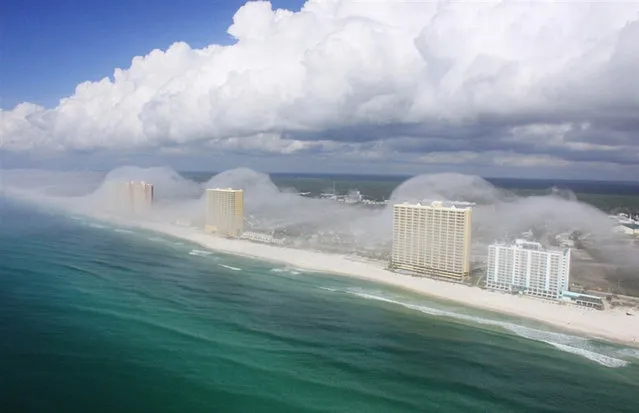
Сool air offshore was very nearly at the saturation point, with a temperature near 20 degrees C and a dew point of about 19.5 degrees C. The air at this temperature can only hold a certain amount of water vapor, and how much it can hold depends heavily on the temperature.
04 Nov 2013 11:30:00,post received
0 comments

